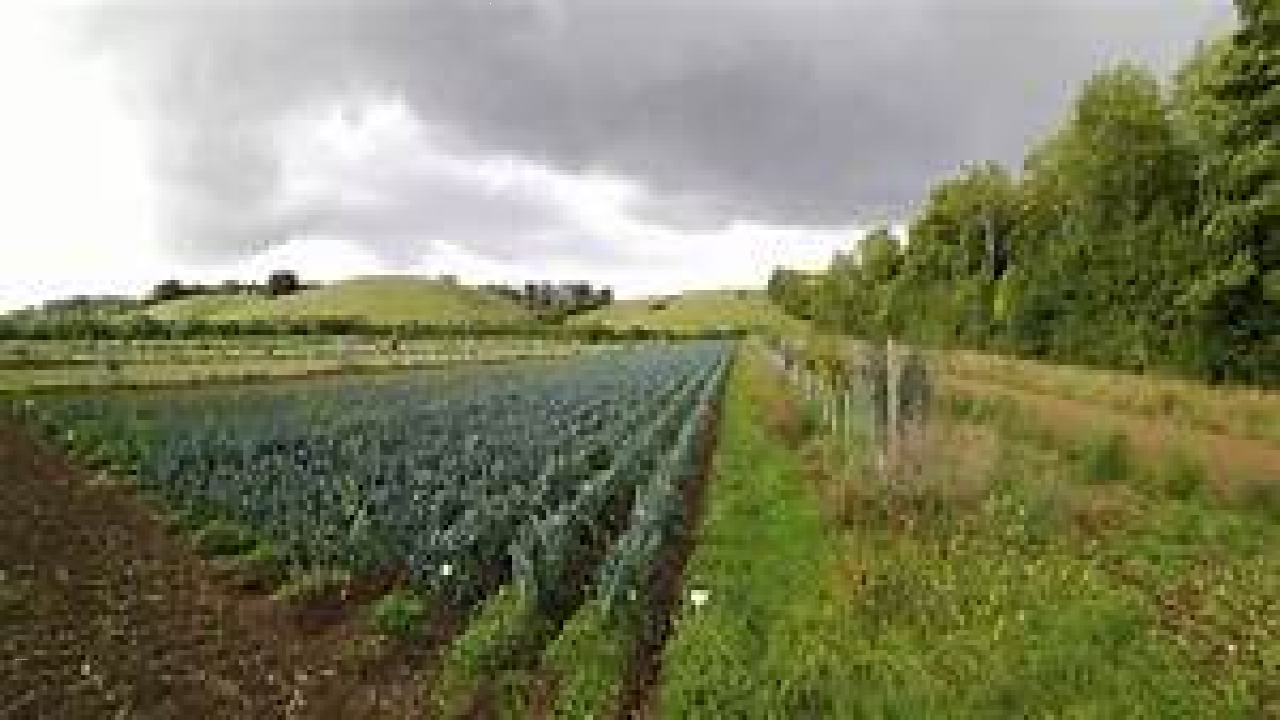Agro-Forestry
Agroforestry is a land use system that combines trees or shrubs with agricultural crops or livestock on the same plot of land. It is a sustainable land use practice that provides a range of environmental, economic, and social benefits.
Objectives of Agroforestry
The main objectives of agroforestry are to promote sustainable land use and agricultural production, and to enhance the environmental, economic, and social well-being of farmers and local communities. This is achieved by integrating trees or shrubs with agricultural crops or livestock, and by providing farmers with the knowledge, skills, and resources needed to do so effectively.
Agroforestry aims to achieve a number of specific goals, including:
- Promoting sustainable land use practices that conserve soil and water resources and protect the environment.
- Improving the productivity and profitability of agricultural systems through the provision of additional products and services, such as fruit, timber, and animal feed.
- Enhancing the resilience of agricultural systems to climate change and other environmental stresses.
- Promoting social and economic development by providing additional sources of income and employment opportunities for farmers.
Benefits of Agroforestry
Agroforestry provides a range of benefits to farmers, the environment, and local communities, including:
- Conservation of soil and water resources: By integrating trees or shrubs with agricultural crops or livestock, agroforestry helps to conserve soil and water resources, reducing erosion and improving water quality.
- Enhanced agricultural productivity and profitability: Agroforestry provides additional products and services, such as fruit, timber, and animal feed, which can help to increase the productivity and profitability of agricultural systems.
- Improved resilience to climate change: Agroforestry can help to improve the resilience of agricultural systems to climate change and other environmental stresses by providing additional sources of income and reducing vulnerability to crop failures.
- Social and economic development: Agroforestry can provide additional sources of income and employment opportunities for farmers, promoting social and economic development in rural areas.
Examples of Agro-forestry Systems:
- Taungya System, Myanmar: This system involves the cultivation of food crops and trees on the same land by alternating the planting of crops and trees. The system has been successful in reducing soil erosion, increasing soil fertility, and providing income for farmers.
- Alley Cropping, Nigeria: This system involves the planting of rows of trees or shrubs in between rows of crops, with the trees or shrubs providing shade and other benefits to the crops. The system has been successful in improving soil fertility, increasing crop yields, and providing income for farmers.
- Home Gardens, Indonesia: This system involves the cultivation of a diverse range of crops, trees, and livestock in a small area around the home. The system has been successful in providing food and income for families, as well as conserving biodiversity and improving soil fertility.
- Agro-forestry in Brazil: This system involves the cultivation of a range of crops, trees, and livestock in the Amazon rainforest, with the aim of promoting sustainable land use and reducing deforestation. The system has been successful in providing income for farmers, reducing greenhouse gas emissions, and conserving biodiversity.
Implementation of Agroforestry
The implementation of agroforestry requires the involvement of a range of stakeholders, including farmers, government agencies, and NGOs. The process typically involves the following steps:
- Identification of the land area and the crops or livestock to be integrated with trees or shrubs.
- Selection of appropriate tree or shrub species based on their suitability for the local environment and their potential benefits to agricultural systems.
- Development of a management plan that takes into account the conservation of soil and water resources, the enhancement of agricultural productivity and profitability, and the promotion of social and economic development.
- Implementation of the management plan, which typically involves the provision of training, technical assistance, and financial resources to farmers.
- Monitoring and evaluation of the management plan to ensure its effectiveness and identify areas for improvement.
Challenges of Agroforestry
Despite its many benefits, agroforestry faces a number of challenges, including:
- Limited awareness and knowledge: Some farmers may be unaware of the potential benefits of agroforestry, or may lack the knowledge and skills needed to implement it effectively.
- Lack of resources: The implementation of agroforestry requires significant financial and technical resources, which may be difficult to secure in some contexts.
- Conflicting interests: Agroforestry may face resistance from groups with conflicting interests, such as logging companies or other resource users.
- Lack of legal frameworks: Agroforestry may face challenges in contexts where there are limited legal frameworks or policies to support


